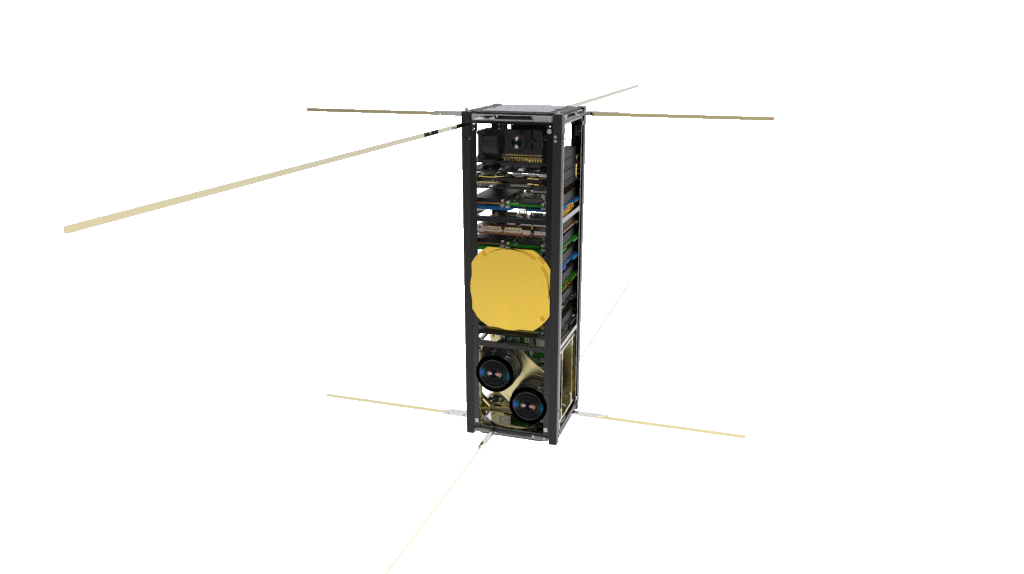 South Africa has successfully launched into space the continent’s most advanced nanosatellite to date, the ZACube-2.
South Africa has successfully launched into space the continent’s most advanced nanosatellite to date, the ZACube-2.
The nansatellite will provide cutting-edge remote sensing and communication services to South Africa and the region.
“This satellite will help us monitor our ocean traffic as part of our oceans economy and also monitor veld fires and provide near-real-time fire information ensuring a quick response time by disaster management teams,” said science & technology minister Mmamoloko Kubayi-Ngubane in a statement.
She said the satellite was developed by some of South Africa’s youngest and brightest minds under a programme representing the country’s diversity, in particular black students and young women.
According to the department of science & technology, the satellite is a technology demonstrator for “maritime domain awareness” that will provide critical information for the country’s oceans economy.
It will monitor the movement of ships along the South African coastline with its automatic identification system payload.
Kubayi-Ngubane said the launch of ZACube-2 represents a significant milestone in South Africa’s ambition to becoming a key player in the innovative utilisation of space science and technology in responding to government priority areas.
Secondary payload
The ZACube-2 took off at 4.07am on Thursday with the Russian Soyuz Kanopus mission from the Vostochny spaceport. The cube-satellite left the Earth together with small satellites from the US, Japan, Spain and Germany, and is orbited as secondary payload in a launch mission designed for real-time monitoring of natural and man-made disasters and other emergencies, the department said.
Weighing just 4kg, the ZACube-2 is South Africa’s second nanosatellite to be launched into space and three times the size of its predecessor, TshepisoSat.
“It is regarded as the continent’s most advanced cube satellite and is in fact a precursor to the MDASat, a constellation of nine nanosatellites that will be developed to provide cutting-edge very-high-frequency data exchange communication systems to the maritime industry,” the department said.
The South African National Space Agency, in cooperation with the University of Montpellier, the French Embassy and the Paris Chamber of Commerce, manages the project.
“The ZACube-2 will be given a new name soon, following a national satellite naming competition launched in April by the South African Agency for Science and Technology Advancement. Saasta received over 300 entries from grade 4-12 learners. The results have been finalised and the new name of the nanosatellite will be announced in due course,” the department said. — SAnews




